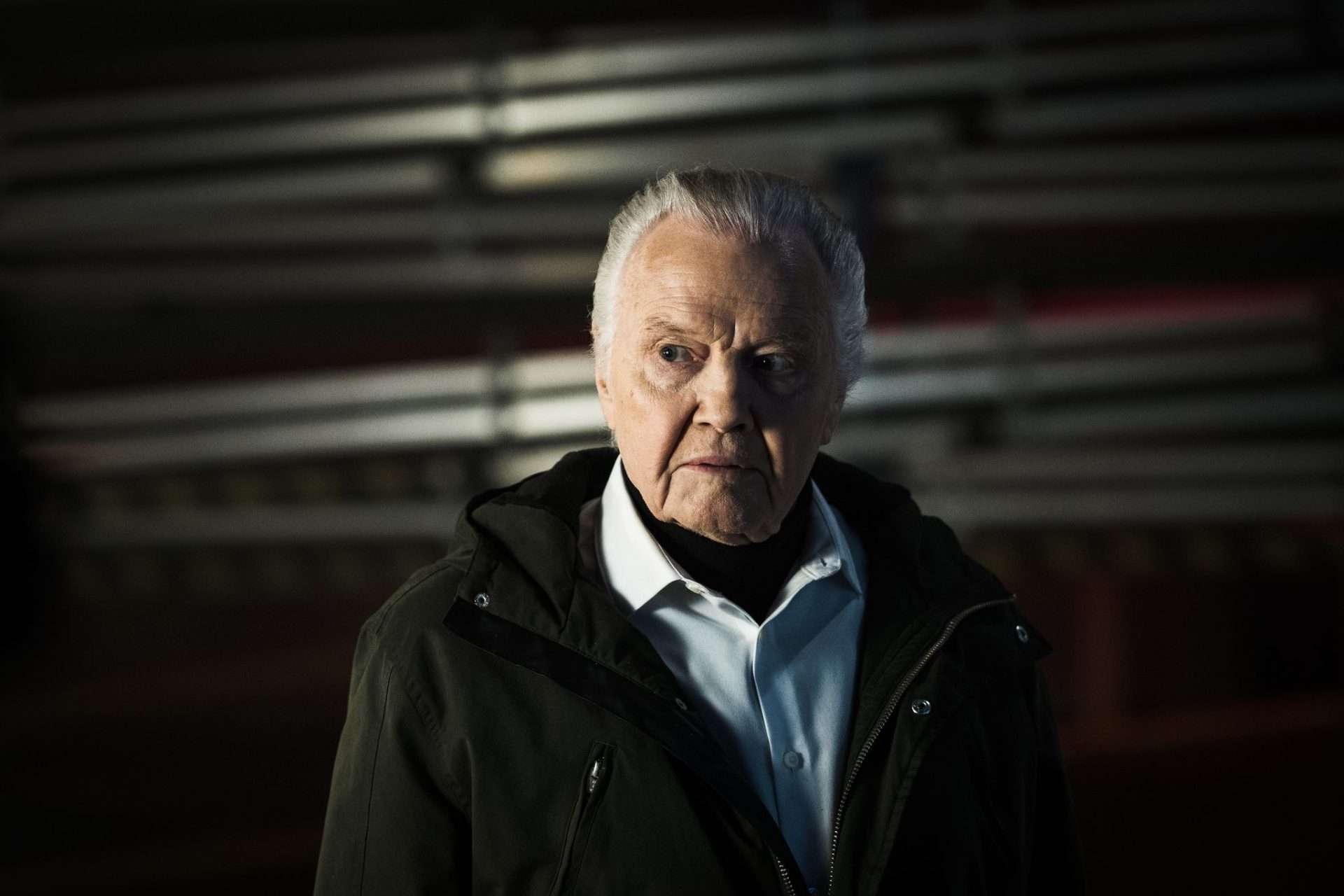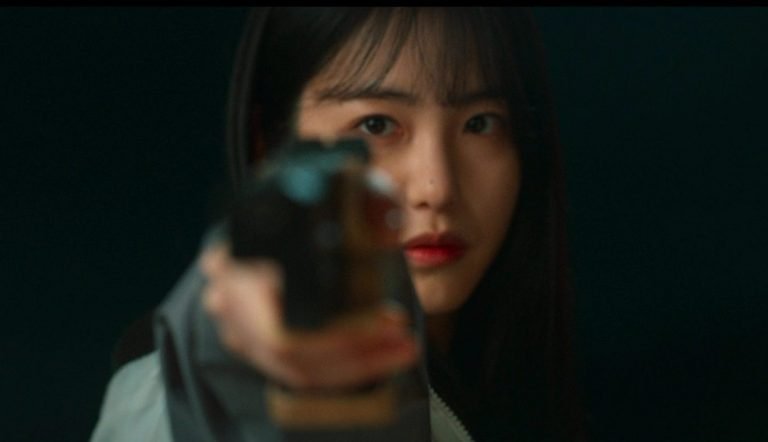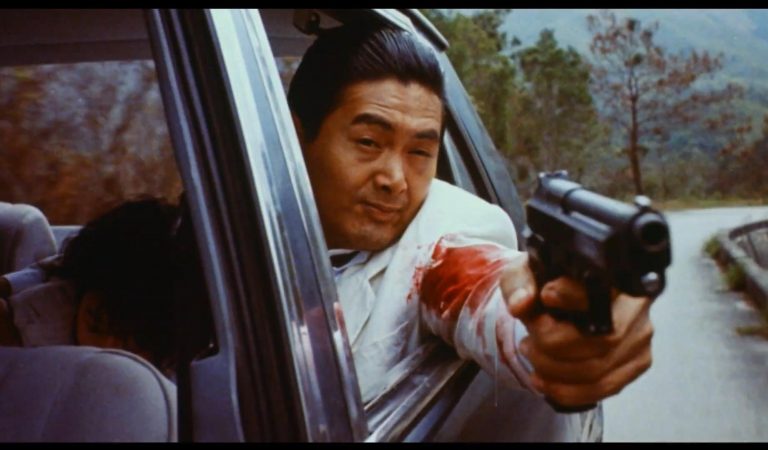“The Painter” is Kimani Ray Smith’s sophomore directorial. Unfurling in the world of CIA agents and secret missions, the film is essentially a father-daughter story in disguise. But to get to the heart of the intimate relationship at its core, it is tough, arguably near-impossible, to wade past the enormity of cliches, tropes, lazy characterization, and a pile of contrivances that clog the film. Starring Charlie Weber and Jon Voight in pivotal roles, the film suffers from a generic ennui. There’s something stubbornly nondescript about the way it plays out, with little steam and heat driving it.
The Painter (2024) Plot Summary & Movie Synopsis:
Peter (Charlie Weber) survived a terror attack as a kid that got both his parents killed. He got roped into the CIA and received training under his agency superior, Byrne ( Jon Voight), who adopted him as his son. Peter has a heightened perception of sound. He is hyper-sensitive to the slightest tremors of sounds from a distance, instantly gauging it and getting on the alert. This made him a CIA asset, hence he got roped in. His wife, Elena (Rryla McIntosh), is also an operative.
When the film opens, Elena is pregnant but still very active at work. Peter is asked by Byrne to intervene and stop a target from a scheduled meeting and especially get his hands on a critical flash drive that purportedly contained data regarding the target’s leaked documents pertaining to national security. Peter is almost about to shoot the target when Elena arrives on the spot, requesting him to spare the target, insisting her team had been building a case against him for months and that would get him on trial. In the middle of the conversation, as Peter is perturbed she is on the field and not at a desk position, the target shoots both. Elena received a critical injury, and we are told she lost her child. Elena refused to be with him any longer after her loss.
The film jumps seventeen years later to Peter having taken a new identity, estranging himself from the CIA and living in Oregon. He has taken more actively to his passion for painting and leads a quiet, sequestered life. Lucy, who runs the local tavern, insists on him socializing, but he keeps turning it down. One day, Peter receives an email from Elena, a birthday gift of a William Jackson book on artistry. She used to give him the book on every other birthday, insisting he keep backups.
At the tavern, a girl calling herself Sophia (Madison Bailey) and Peter’s daughter with Elena pops up, She lands at his house even as he actively denies he isn’t Peter and knows no Elena. She requests him to help find her mother who has disappeared. She finds out it is Peter indeed when she discovers a painting he had made of Elena, immediately recognizing her. Peter’s heightened sound sensitivity alerts him that they have been surrounded by a team of armed men. A shootout erupts among a pack of federal agents. Peter manages to kill them off, with Sophia chipping in.
Meanwhile, CIA operatives, Naomi (Marie Avgeropoulos) and her junior, Agent Kim (Luisa d’Oliveira) have been on the lookout for Peter, interrogating Byrne of his whereabouts and insisting Peter is a national security threat owing to his alleged possession of classified documents. Peter, through a local hacker, Niles, finds out about a certain secret op called Project Internship. By this point, he has Byrne aiding him. He returns to find Sophia taken away by the feds and follows them. Just when the feds have circled him, he manages to escape to the woods. He has sustained wounds and is nursed in a secret haunt by a local junkman who turns out to be Byrne in disguise.
The Painter (2024) Movie Ending Explained:
What happens to Peter and Sophia?

Soon, there is a discovery Peter makes about the Project, informed by Byrne that it kidnaps children and brainwashes them into being assassins. Peter was given the flash drive containing the dossiers on the project by Elena that was tucked inside the spine of the book she had gifted. Peter arrives on the CIA premises to rescue Sophia. A series of revelations arrive. Naomi, who had been suspected to be leading the Project, was receiving orders from Byrne, who turns out to be the mastermind.
Byrne manipulates Sophia into killing off Peter, but he somehow convinces her to spare him, explaining how Byrne hid her existence from her mother and killed Elena when she discovered her child hadn’t died but had been stolen by him. Sophia flips and shoots Byrne and Naomi. But she states to Peter that she will come for the flash drive and insists she will take Byrne’s vision in directions he hadn’t fathomed. The film closes with Sophia landing at Peter’s house; Peter senses it is her, and both acknowledge each other’s presence with a smile.
The Painter (2024) Movie Review:
There’s practically nothing remotely redeeming about Kimani Ray Smith’s duller-than-ditchwater feature. A catastrophic redundancy surrounds the entire project as the viewer is thrown into its depths. The film swims confidently in a glaze of technical ineptness, haywire writing, and an utterly dazed central performance from Charlie Weber. The silliness of the screenplay by Brian Buccellato is continually exacerbated by the gazillion cliches it keeps falling back on to prop itself up when the narrative keeps getting shakier and slimmer.
The film is plagued by tons of basic issues involving almost every other aspect of production. If the screenplay gives off the credible impression of being dead on arrival, the scatterbrained direction unsteadies the enterprise further. While it never becomes excruciatingly boring, the editing must attract considerable blame for shoehorning the film into a bundle of parallel, bitty tracks that are rarely individually gripping nor cohere together convincingly. Buccellato’s screenplay makes head-scratching decisions, and the director only botches it trebly. Firstly, there’s no attempt to provide any consistent motivation or any psychological weight and depth to the characters we encounter.
What we get is a sorry assemblage of routine types, mostly veering to predictable templates of federal operatives gone rogue and a last-minute shocking discovery. But this film handles its reveals in a manner of quick disposal as if it is most hasty and eager to get them off its back and trundle ahead. Granted that this isn’t the kind of film to pause and ponder the implications of actions and moments, yet it could have significantly benefited from a more careful, considered assessment of its rapidly spiraling twists.
This makes the film roll over into a heap of uninspired, unengaging action that persistently abandons a solid emotional connection to the characters committing them. In consequence, the audience is alienated. When the full force of the father-daughter track is unleashed, it comes off as weak and hardly affecting since the screenplay does nothing to extend and etch it beyond the question of belief. As the film doesn’t devote much time or attention to developing the bond, it gets a heavy blow, especially in the climactic stretch when Ray Smith pitches it as such a primary anchoring element. There’s a lot that happens in quick succession, an excess of information parcelled out to the viewer casually, yet a certain seriousness is sorely missing.








![The Insider [1999]: Tobacco & Truth Kill](https://79468c92.delivery.rocketcdn.me/wp-content/uploads/2016/04/The-Insider-768x432.jpg)
![Hellraiser [2022] Review: Clive Barker’s hellish vision comes to life in a good-looking but staid remake](https://79468c92.delivery.rocketcdn.me/wp-content/uploads/2022/10/Hellraiser-2022-Movie-Review-1-768x449.jpg)